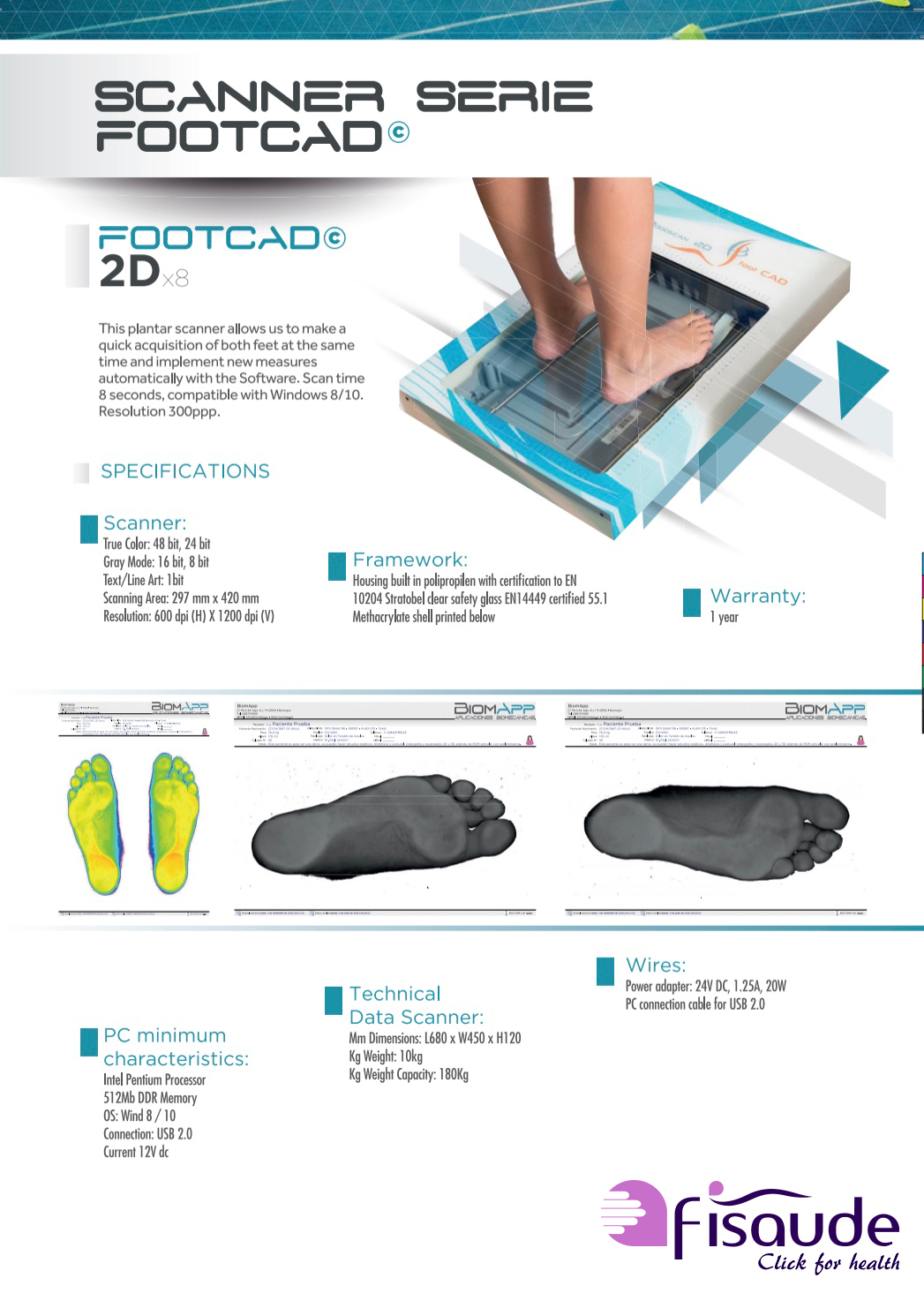
Implements the discrete Fourier transform (DFT)Ĭolor to use when filling a graphic primitiveĬolors within this distance are considered equalĪpply mathematical expression to an image channel(s) Perform histogram equalization to an imageĮvaluate an arithmetic, relational, or logical expressionĮvaluate an arithmetic, relational, or logical expression for an image sequenceĪnalyze image features (e.g. Render text right-to-left or left-to-rightĪnnotate the image with a graphic primitiveĪpply a filter to detect edges in the imageĪpply a digital filter to enhance a noisy image Horizontal and vertical density of the image Perform complex mathematics on an image sequenceĬopy pixels from one area of an image to anotherīreak down an image sequence into constituent parts Improve the contrast in an image by `stretching' the range of intensity valueįorce all pixels in the color range to white otherwise black 65535) otherwise the pixel value remains unchanged.Ĭlip along the first path from the 8BIM profileĬlip along a named path from the 8BIM profileĬonnected-components uniquely labeled, choose from 4 or 8 way connectivity Set each pixel whose value is below zero to zero and any the pixel whose value is above the quantum range to the quantum range (e.g. Use a multi-stage algorithm to detect a wide range of edges in the imageĬontrast limited adaptive histogram equalization Improve brightness / contrast of the image Reduce image noise and reduce detail levels Simulate a scene at nighttime in the moonlight Non-linear, edge-preserving, and noise-reducing smoothing filterįorce all pixels below the threshold into black Transparent, extract, background, or shape the alpha channelĪutomagically adjust gamma level of imageĪutomagically adjust color levels of image On, activate, off, deactivate, set, opaque, copy", Join images into a single multi-image file Click on an option to get more details about how that option works.Īdaptively blur pixels decrease effect near edgesĪdaptively resize image with data dependent triangulation.Īdaptively sharpen pixels increase effect near edges The magick command recognizes these options. You can find additional examples of using magick in Examples of ImageMagick Usage. resize 400% -sigmoidal-contrast 11.6933 -colorspace sRGB output.png') define filter:filter=Sinc -define filter:window=Jinc -define filter:lobes=3 \ Or here we resize an image with improved quality: magick input.png -colorspace RGB +sigmoidal-contrast 11.6933 \ draw "text 20,55 \'Magick\'" fuzzy-magick.png draw "text 25,60 \'Magick\'" -channel RGBA -blur 0圆 -fill darkred -stroke magenta \ You can combine multiple image-processing operations to produce complex results: magick -size 320x85 canvas:none -font Bookman-DemiItalic -pointsize 72 \ Next, we reduce the image size before it is written to the PNG format: magick rose.jpg -resize 50% rose.png To get started, lets convert an image in the JPEG format to PNG: magick rose.jpg rose.png We list a few examples of the magick command here to illustrate its usefulness and ease of use.
#Imagemagic convert set dpi how to
See Command Line Processing for advice on how to structure your magick command or see below for example usages of the command.


The DPI is down as the resolution 72x72.įormat: JPEG (Joint Photographic Experts Group JFIF format)Įxif:Software: Digital Camera FinePix E550 Ver1.Use the magick program to convert between image formats as well as resize an image, blur, crop, despeckle, dither, draw on, flip, join, re-sample, and much more. Out of interest this is the information you can get from an image with Imagemagick. If you correctly set the dpi meta data within the file (which can’t be done directly via php gd), photoshop will now open the file and print it at the correct size without any user intervention. I don’t think you understand - The generated output image was of course the correct resolution (in this case 1004 x 650 pixels), it wasn’t a case of resizing anything (the output was generated at the correct pixel dimensions for the required print size at 300dpi)- the problem was that the end users (non-technical) would open the outputted jpeg image in e.g photoshop to print - and the application would proceed to print it out at the wrong size (as by default a gd generated image is shown in photoshop as 72dpi). (8x120)x(11X200) = 960x2200 The image should be around those deminsions to effectively to print at 300 Standard 8x11 piece of paper and you have an image thats 120x200 to print at 300 just a simple calculation…


If you wanted to print at 300 DPI what you should have done is just increase the width and height of the pixels.


 0 kommentar(er)
0 kommentar(er)
